Archive for the ‘Certification’ Category
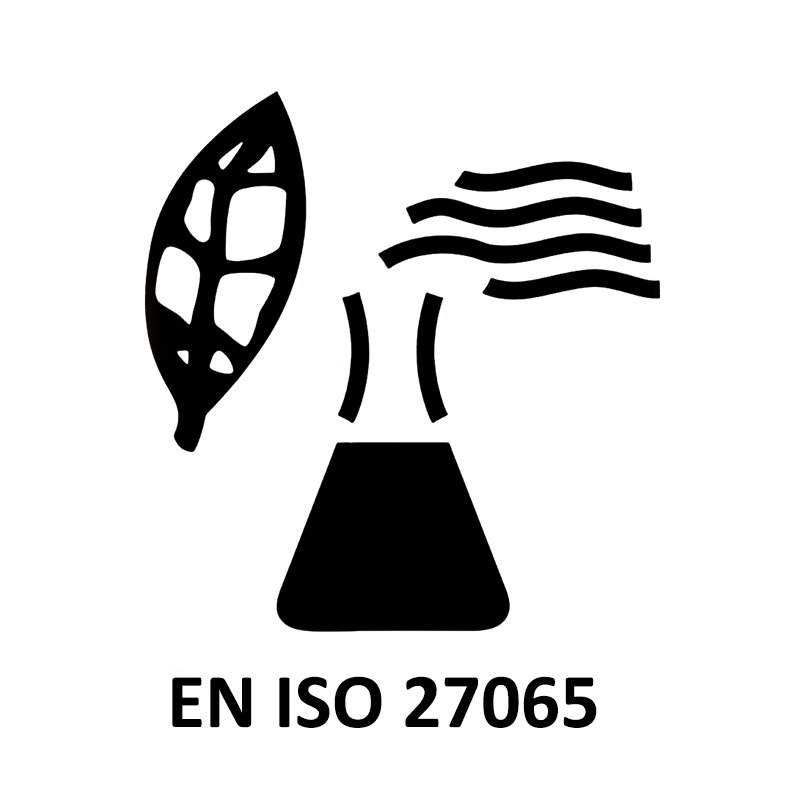
Protective clothing — Performance requirements for protective clothing worn by operators applying pesticides and for re-entry workers
ISO 27065 establishes minimum performance, classification, and marking requirements for protective clothing worn by operators handling pesticide products as well as re-entry workers. For the purpose of ISO 27065, the term pesticide applies to insecticides, herbicides, fungicides, and other substances applied in liquid form that are intended to prevent, destroy, repel, or reduce any pest or weeds in agricultural settings, green spaces, roadsides, etc. It does not include biocidal products used for agricultural and non-agricultural settings.
Pesticide handling includes mixing and loading, application, and other activities such as cleaning contaminated equipment and containers. Concentrated pesticides are typically handled during mixing and loading. Protective clothing covered by ISO 27065includes, but is not limited to, shirts, jackets, trousers, coveralls, aprons, protective sleeves, caps/hats and other headwear (excluding hard hats made of rigid materials, e.g. hats worn by construction workers), and accessories used under knapsack/backpack sprayers.
ISO 27065 does not address items used for the protection of the respiratory tract, hands, and feet. ISO 27065 does not address protection against fumigants.
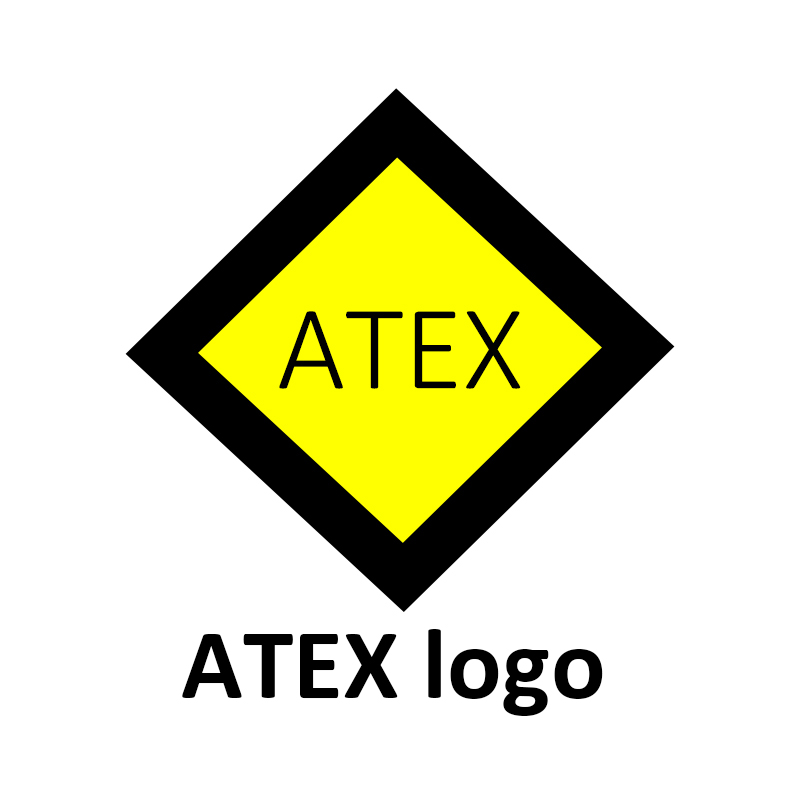
The ATEX logo is a recognizable symbol used to indicate products that comply with the European Union’s directives regarding equipment and protective systems intended for use in potentially explosive atmospheres. ATEX stands for “ATmosphères EXplosibles,” and the directives are designed to ensure the safety of equipment and systems used in environments where there is a risk of explosion due to the presence of flammable gases, vapors, mists, or combustible dusts.
The ATEX logo consists of an uppercase “Ex” within an oval or circular shape. The “Ex” stands for “explosion protection.” The logo is often accompanied by additional markings and information to indicate the specific compliance level, category, and sometimes the name of the notified body that certified the product.
The ATEX directives include two main categories:
- ATEX Directive 2014/34/EU (Equipment Directive): This directive covers equipment, devices, and protective systems intended for use in potentially explosive atmospheres. It defines requirements for manufacturers to ensure their products are safe and suitable for such environments.
- ATEX Directive 1999/92/EC (Worker Protection Directive): This directive focuses on the safety of workers who are operating in potentially explosive atmospheres. It outlines measures to protect workers from the risks associated with explosive atmospheres.
Products that comply with the ATEX directives are marked with the ATEX logo to signify that they have undergone the necessary conformity assessment procedures and meet the relevant safety requirements for use in explosive atmospheres. These products are commonly used in industries such as chemical, petrochemical, mining, pharmaceuticals, and more, where the risk of explosions must be managed carefully.

EN 15797 is a European standard that pertains to industrial washing of workwear and other textile products used in a professional context. The title of the standard is “Textiles – Industrial washing and finishing procedures for testing of workwear.” It falls under the category of textiles and is intended to provide guidelines and procedures for testing the industrial washing and finishing of workwear and other textile items.
EN 15797 specifies the requirements and testing methods for assessing the performance of workwear and similar textile products when subjected to industrial washing and finishing processes. The standard aims to ensure that workwear maintains its quality, performance, and appearance after being laundered using industrial methods.
The main parameters covered by EN 15797 include:
- Mechanical Action: The standard outlines procedures for testing the mechanical action of washing and drying on the textiles, which can impact their durability and appearance.
- Chemical Action: EN 15797 addresses the effects of detergents, chemicals, and water hardness on the textiles during the washing process.
- Thermal Action: The standard considers the effects of high temperatures during the drying process and how they may affect the textile items.
- Dimensional Change: EN 15797 includes tests to assess whether the textiles experience significant dimensional changes (shrinkage, stretching, etc.) after industrial washing and finishing.
- Color Fastness: The standard evaluates the textiles’ colorfastness to ensure that colors do not fade or bleed excessively during the washing process.
EN 15797 provides information and procedures for both pre-washing and post-washing assessments of textiles, and it is particularly relevant for industries that require durable and reliable workwear, such as those involving manual labor, industrial processes, and other professions.
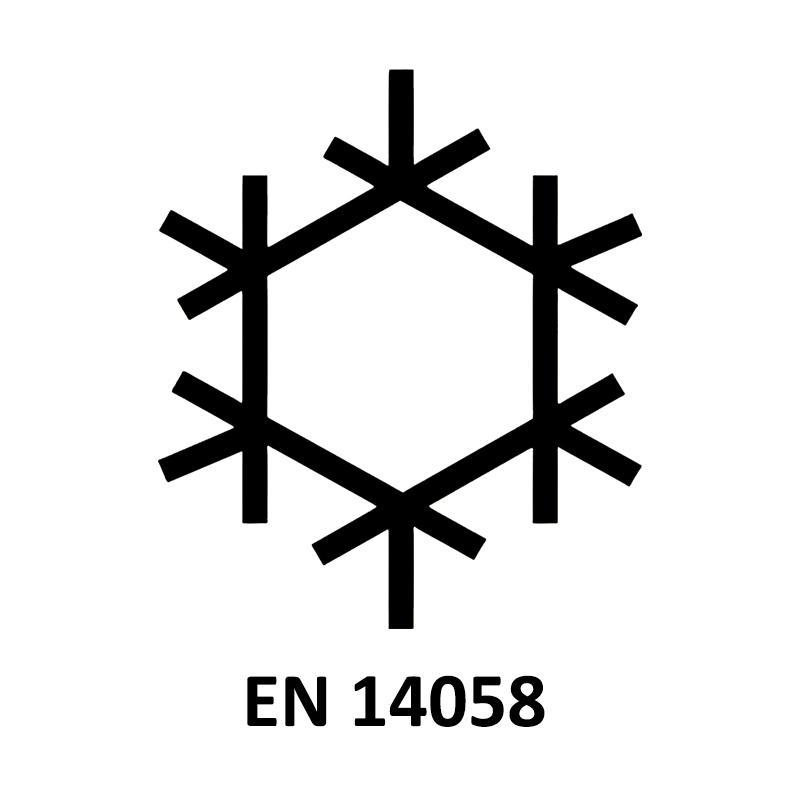
EN 14058 is a European standard that pertains to protective clothing designed to provide protection against cold environments, including both air temperature and wind conditions. The title of the standard is “Protective clothing – Garments for protection against cool environments.” It falls under the category of personal protective equipment (PPE) and is intended to ensure that protective clothing worn in cold conditions offers effective insulation and protection to the wearer.
EN 14058 specifies the requirements and testing methods for protective clothing garments that are designed to protect against cool environments, including both cold air temperatures and wind chill effects. The standard aims to ensure that workers exposed to cool conditions are adequately protected from the hazards of cold stress, which can lead to discomfort, reduced body temperature, and other health issues.
The main parameters covered by EN 14058 include:
- Thermal Insulation: The clothing’s ability to provide thermal insulation is tested to ensure it offers adequate protection against heat loss in cool conditions.
- Air Permeability: This parameter evaluates the clothing’s resistance to wind penetration, which is important to prevent wind chill and maintain warmth.
- Water Vapor Resistance: The standard assesses the clothing’s ability to allow water vapor (perspiration) to escape while preventing external moisture from entering. This is important to maintain comfort and prevent dampness.
- Resistance to Water Penetration: EN 14058 includes a test for resistance to water penetration to assess the garment’s ability to resist moisture.
- Optional Requirements: The standard also provides optional requirements for additional features such as breathability, moisture management, and visibility.
EN 14058 categorizes protective clothing into different performance levels based on its ability to provide thermal protection against cool conditions. The clothing is assigned a four-digit code that indicates its thermal insulation, air permeability, and water vapor resistance properties.
For example, the code “X3Y2Z1” could represent a garment that offers moderate thermal insulation (X3), low air permeability (Y2), and moderate water vapor resistance (Z1).
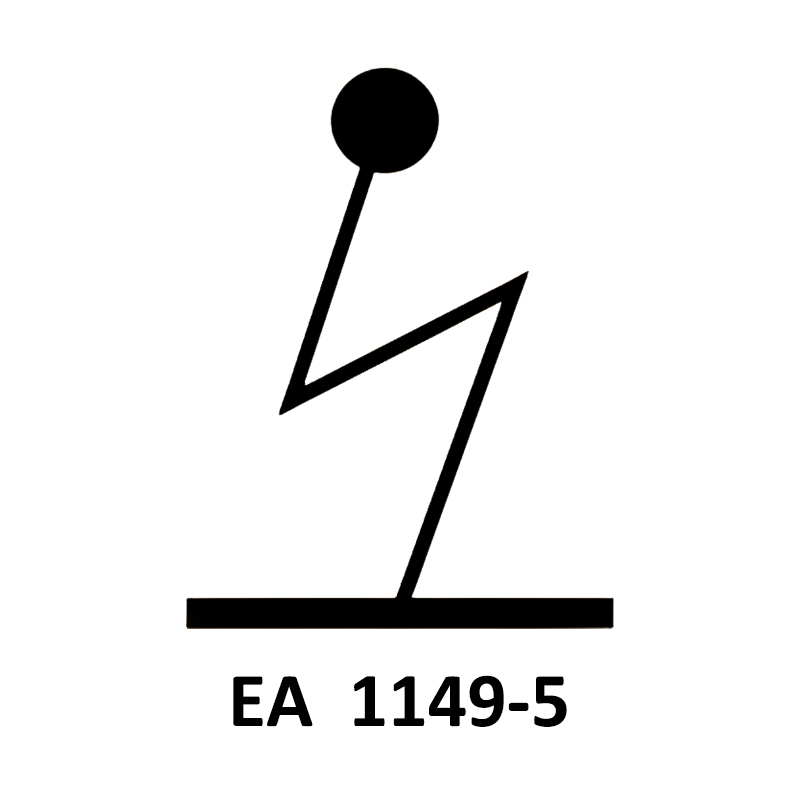
EN 1149-5 is a European standard that pertains to protective clothing designed to provide protection against electrostatic discharge in potentially explosive atmospheres. The title of the standard is “Protective clothing – Electrostatic properties – Part 5: Material performance and design requirements.” It falls under the category of personal protective equipment (PPE) and is intended to ensure that protective clothing worn by workers in environments with flammable or explosive hazards offers effective protection against the buildup and discharge of static electricity.
EN 1149-5 specifies the requirements and testing methods for clothing materials and design that are intended to prevent the accumulation of static electricity on the surface of the clothing. This helps to minimize the risk of sparking and ignition in potentially explosive atmospheres.
The main parameters covered by EN 1149-5 include:
- Surface Resistance: The clothing’s surface resistance is tested to ensure it allows the controlled dissipation of static charges, preventing them from accumulating and causing sparks.
- Charge Decay: The clothing’s ability to dissipate static charges over time is evaluated.
- Design Requirements: The standard outlines design considerations to ensure that protective clothing maintains its electrostatic properties after wear, washing, and other conditions.
Clothing that conforms to EN 1149-5 is often labeled as such, indicating that it meets the standard’s requirements for protecting against electrostatic discharge in potentially explosive atmospheres.
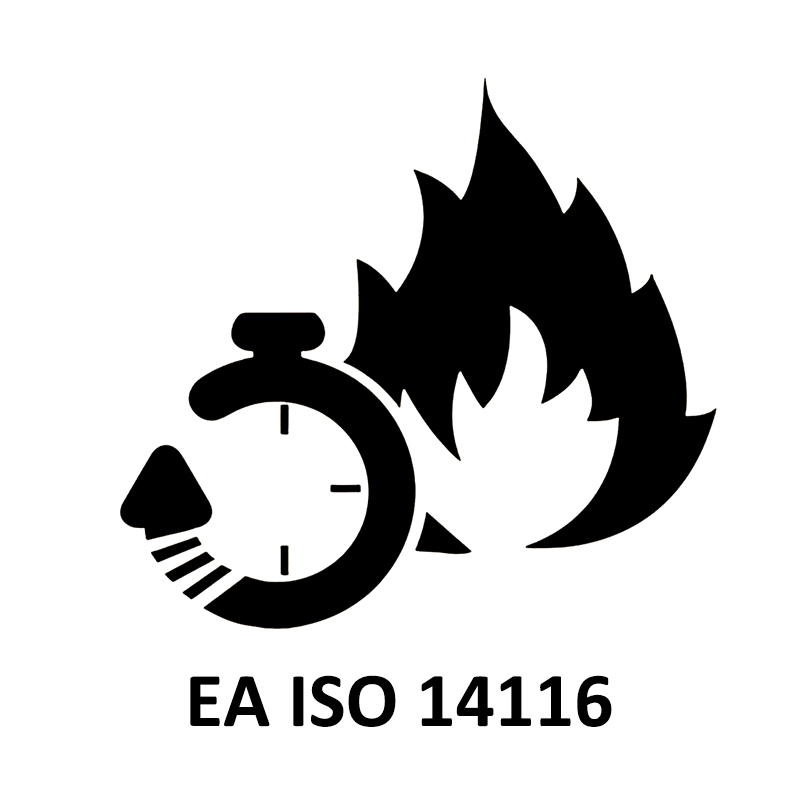
EN ISO 14116 is a European standard that relates to protective clothing designed to provide protection against flame and limited flame spread. The title of the standard is “Protective clothing – Protection against flame – Limited flame spread materials, material assemblies, and clothing.” It falls under the category of personal protective equipment (PPE) and is intended to ensure that protective clothing worn by workers in flame-exposed environments offers effective protection against flame and heat.
EN ISO 14116 specifies the requirements and testing methods for clothing, materials, and material assemblies that are intended to protect against limited flame spread. The standard aims to prevent the rapid spread of flames across the surface of the clothing, reducing the risk of injuries due to burns and other thermal hazards.
The main parameter covered by EN ISO 14116 is:
- Limited Flame Spread: The clothing’s ability to limit the spread of flames across its surface is tested to ensure protection against ignition and rapid flame propagation.
EN ISO 14116 categorizes protective clothing into three indexes:
- Index 1: Clothing in this category offers limited flame spread properties but does not provide protection against contact heat or convective heat.
- Index 2: Clothing in this category provides limited flame spread protection as well as protection against convective heat.
- Index 3: Clothing in this category provides limited flame spread protection as well as protection against radiant heat.
Garments conforming to EN ISO 14116 are often labeled with the relevant index information to indicate the level of protection they provide against flame spread.
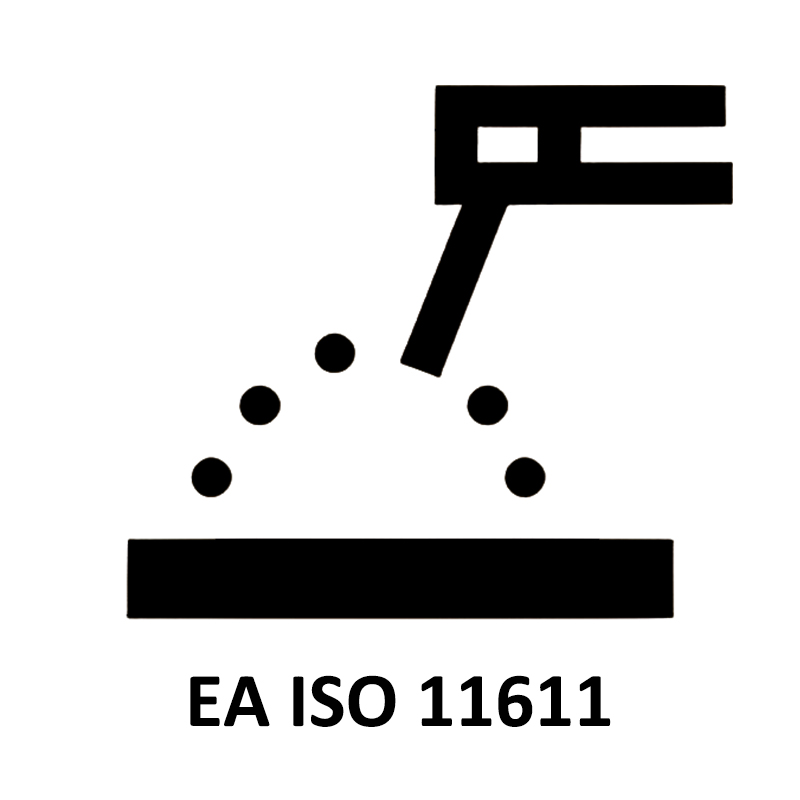
EN ISO 11611 is a European standard that pertains to protective clothing designed for use in welding and allied processes. The title of the standard is “Protective clothing for use in welding and allied processes.” It falls under the category of personal protective equipment (PPE) and is intended to ensure that protective clothing worn by welders and workers in similar processes offers effective protection against heat, flame, and spatter.
EN ISO 11611 specifies the requirements and testing methods for protective clothing that is intended to be used by individuals who are involved in welding, cutting, and similar processes that generate heat, sparks, and molten metal splashes. The standard aims to minimize the risk of burns and other injuries associated with these processes.
The main parameters covered by EN ISO 11611 include:
- Flame Spread Resistance: The clothing’s ability to resist the spread of flames across its surface is tested to ensure protection against the ignition of nearby flammable materials.
- Material Performance: The standard addresses factors such as tensile strength, tear resistance, and seam strength to ensure the clothing’s overall durability.
- Welding Performance: The clothing’s resistance to heat, flame, and welding spatter is evaluated to ensure it can withstand the conditions encountered during welding and similar processes.
- Design and Construction: EN ISO 11611 outlines requirements for the design and construction of the clothing, including features like closures, fit, and accessibility.
EN ISO 11611 categorizes protective clothing into two classes:
- Class 1: Clothing in this class is designed for less hazardous welding and similar processes. It provides protection against less severe exposure to spatter and radiant heat.
- Class 2: Clothing in this class is intended for more hazardous welding and allied processes. It offers higher levels of protection against more severe exposure to spatter and radiant heat.
Garments conforming to EN ISO 11611 are often labeled with the relevant class information to indicate the level of protection they provide.
It’s important to consult the latest version of EN ISO 11611 or any relevant updates to ensure accurate and up-to-date information, as standards can change over time.
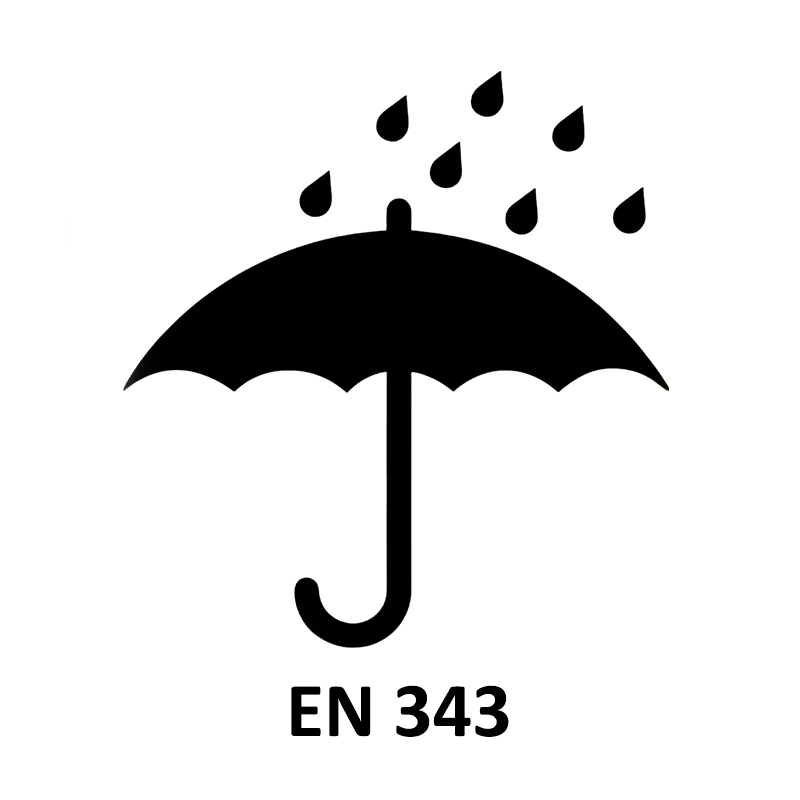
EN 343 is a European standard that pertains to protective clothing designed to provide protection against rain and other wet weather conditions. The title of the standard is “Protective clothing – Protection against rain.” It falls under the category of personal protective equipment (PPE) and is intended to ensure that protective clothing worn in wet environments offers effective waterproofing and protection to the wearer.
EN 343 specifies the requirements and testing methods for clothing that is designed to protect against rain, snow, and other wet conditions. The standard aims to ensure that workers exposed to wet weather are adequately protected from moisture, which can lead to discomfort, reduced body temperature, and other health issues.
The main parameters covered by EN 343 include:
- Water Penetration Resistance: The clothing’s ability to resist water penetration is tested to ensure it offers effective waterproofing. This involves assessing both the material’s resistance to water penetration and the garment’s construction (seams, zippers, etc.).
- Water Vapor Resistance: This parameter evaluates the clothing’s ability to allow water vapor (perspiration) to escape, preventing the accumulation of moisture inside the garment.
- Optional Requirements: The standard also provides optional requirements for additional features such as breathability, moisture management, and resistance to cold environments.
EN 343 categorizes protective clothing into different performance levels based on its ability to provide protection against rain and wet conditions. The clothing is assigned a two-digit code that indicates its water penetration resistance and water vapor resistance properties.
For example, the code “3-1” could represent a garment that offers the highest level of water penetration resistance (Class 3) and moderate water vapor resistance (Class 1).
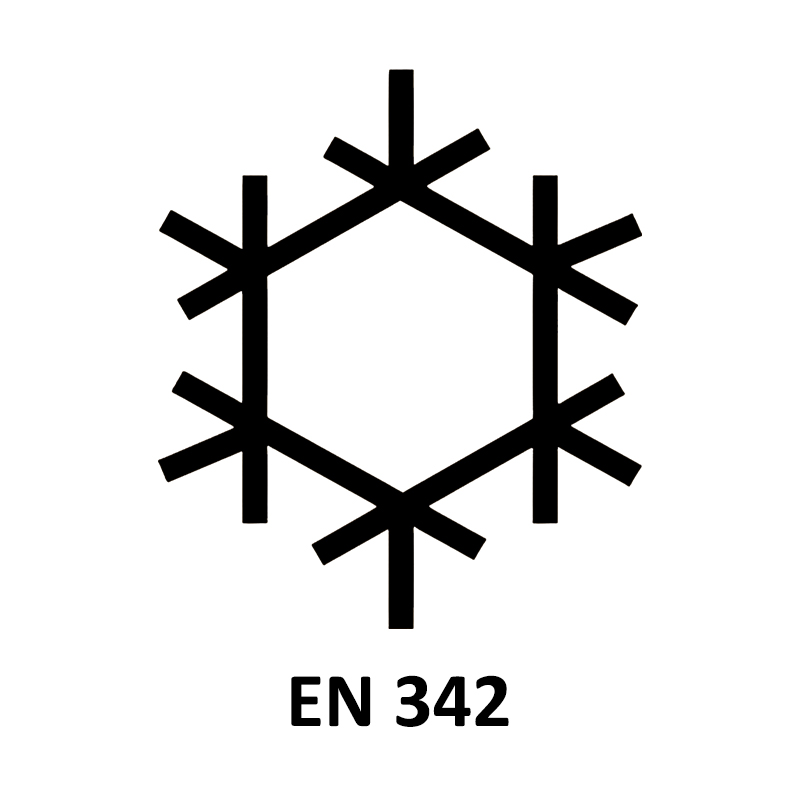
EN 342 is a European standard that pertains to protective clothing designed to provide protection against cold environments. The title of the standard is “Protective clothing – Ensembles and garments for protection against cold.” It falls under the category of personal protective equipment (PPE) and is intended to ensure that protective clothing worn in cold conditions offers effective insulation and protection to the wearer.
EN 342 specifies the requirements and testing methods for clothing ensembles and garments that are designed to protect against cold weather and low temperatures. The standard aims to ensure that workers in cold environments are adequately protected from the hazards of cold stress, which can lead to discomfort, frostbite, and other cold-related injuries.
The main parameters covered by EN 342 include:
- Thermal Insulation: The clothing’s ability to provide thermal insulation is tested to ensure that it offers adequate protection against heat loss in cold conditions.
- Air Permeability: This parameter evaluates the clothing’s resistance to wind penetration, which is important to prevent wind chill and maintain warmth.
- Water Vapor Resistance: The standard assesses the clothing’s ability to allow water vapor (perspiration) to escape while preventing external moisture from entering. This is important to maintain comfort and prevent dampness.
- Optional Requirements: The standard also provides optional requirements for additional features such as reflective materials for visibility and protection against rain.
EN 342 categorizes protective clothing into different performance levels based on its ability to provide thermal protection against cold conditions. The clothing is assigned a two-digit code that indicates its thermal insulation and air permeability properties.
For example, the code “X2X” could represent a garment that offers intermediate thermal insulation, no requirements for air permeability (as indicated by “X”), and no optional rain protection.
As with any standard, it’s important to consult the latest version of EN 342 or any relevant updates to ensure accurate and up-to-date information, as standards can change over time.
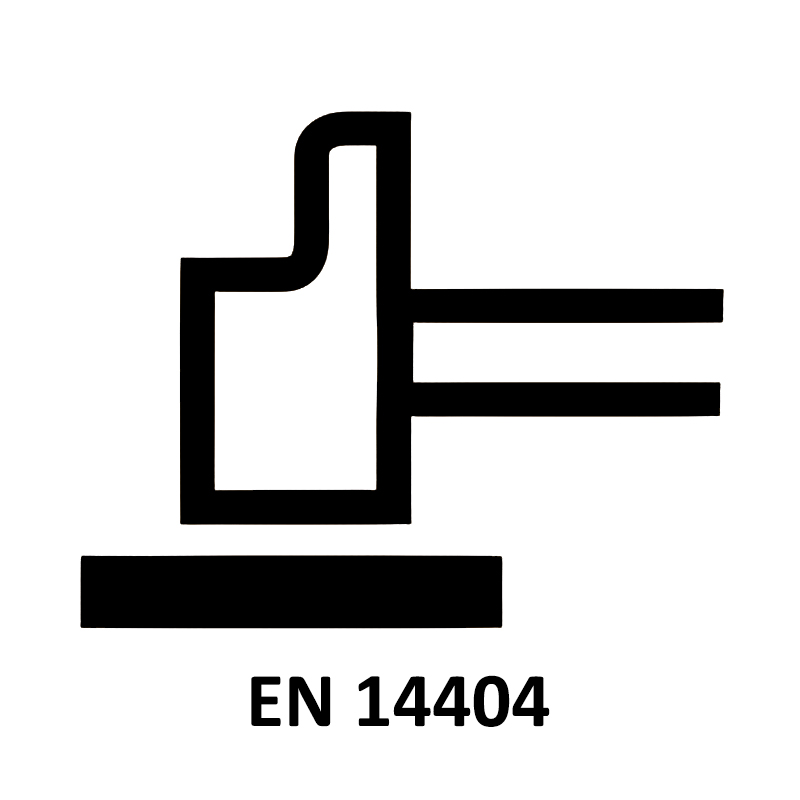
EN 14404 is a European standard that relates to knee protection for work situations that involve kneeling. The title of the standard is “Personal protective equipment – Knee protectors for work in the kneeling position – Requirements and test methods.” This standard is part of the broader category of personal protective equipment (PPE) and is specifically focused on knee protection to reduce the risk of knee injuries for workers who frequently kneel during their tasks.
EN 14404 specifies the requirements and testing methods for knee protectors used by workers who are required to kneel as a part of their job. It aims to ensure that knee protectors effectively provide comfort and protection against impacts and pressure that can lead to knee injuries, such as bruises and strains.
The standard outlines various aspects related to knee protectors, including:
- Design Requirements: The standard specifies design considerations to ensure the knee protectors fit properly, stay in place during use, and do not hinder the worker’s movement.
- Impact Absorption: EN 14404 sets requirements for the knee protector’s ability to absorb and distribute the force of impacts, reducing the risk of injury.
- Penetration Resistance: The knee protector should offer resistance against sharp objects or edges that could potentially penetrate the material and injure the wearer’s knee.
- Ergonomic Performance: The standard addresses the ergonomic aspects of knee protectors, including comfort, ease of use, and potential interference with the worker’s movements.
- Testing Methods: EN 14404 provides detailed testing procedures to evaluate the knee protector’s performance in terms of impact absorption, penetration resistance, and other relevant factors.
Knee protectors that meet the requirements of EN 14404 are often labeled as conforming to this standard. This label indicates that the knee protectors have undergone testing to ensure they meet the established criteria for protection and comfort during kneeling work.
As with any standard, it’s important to consult the latest version of EN 14404 or any relevant updates to ensure accurate and up-to-date information, as standards can change over time.
 3M
3M Ansell
Ansell Dellta Plus
Dellta Plus Drager
Drager edelrid
edelrid Honeywell
Honeywell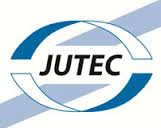 JUTEC
JUTEC lakeland
lakeland MSA
MSA New Pig
New Pig Weldas
Weldas